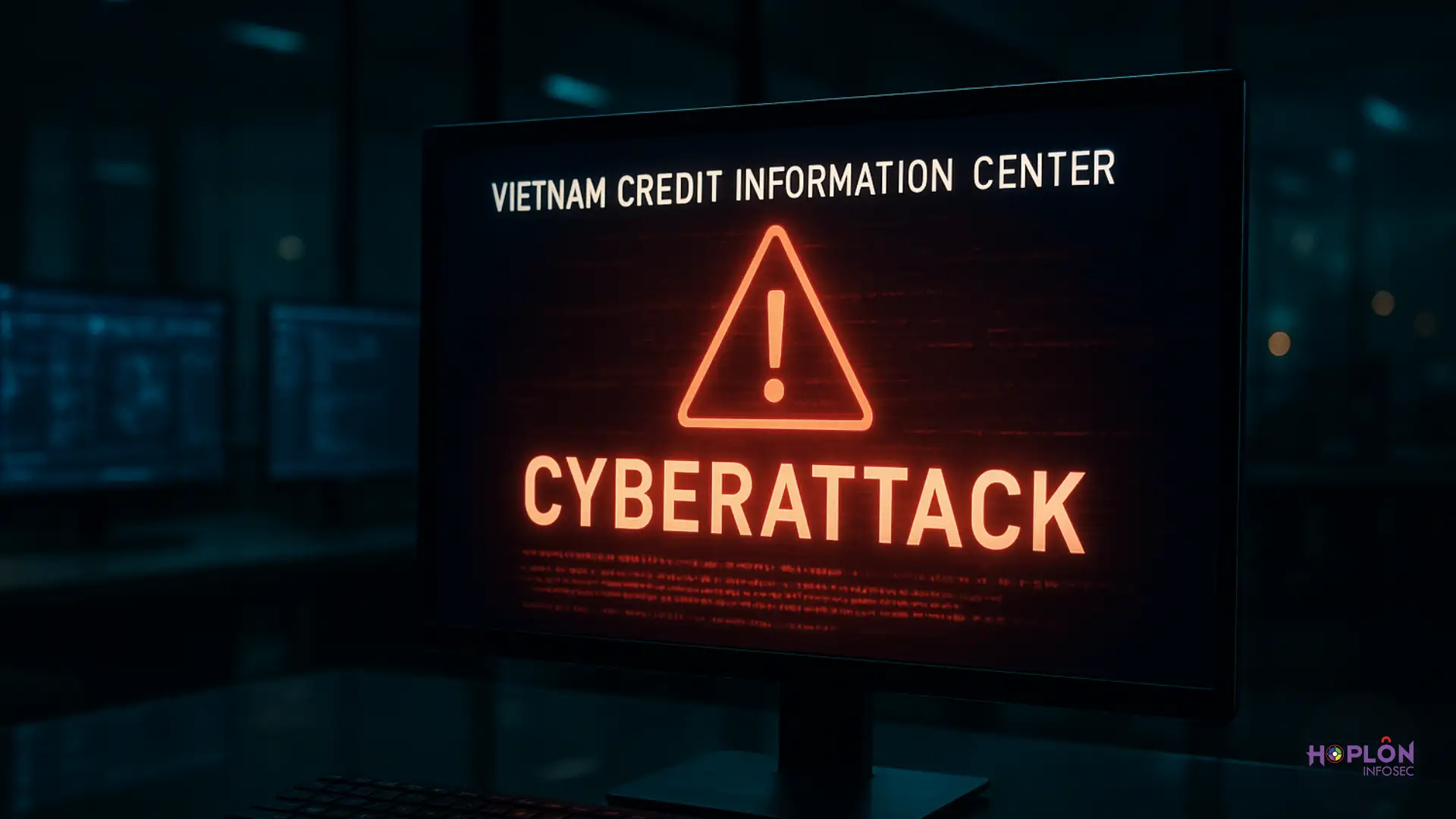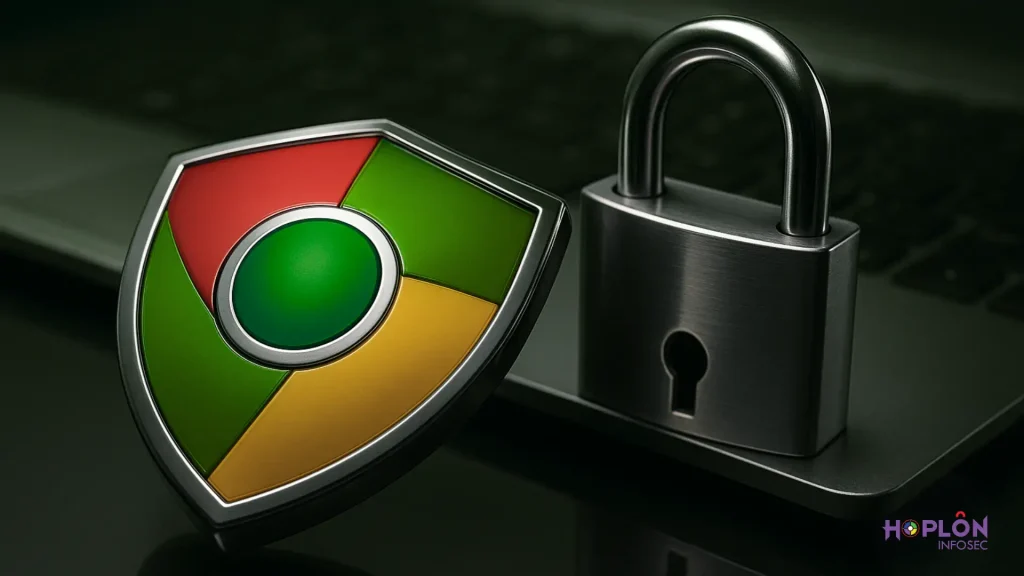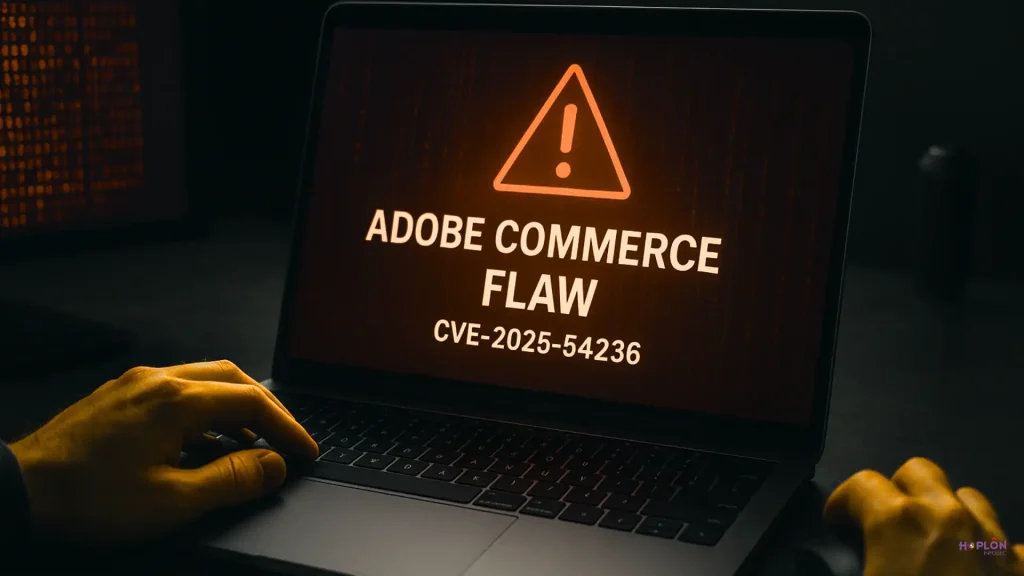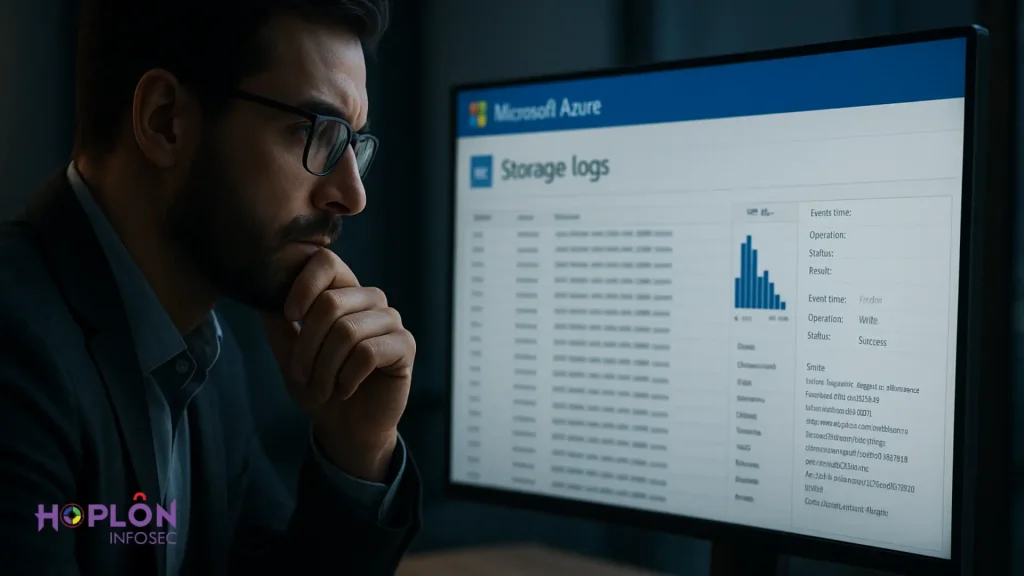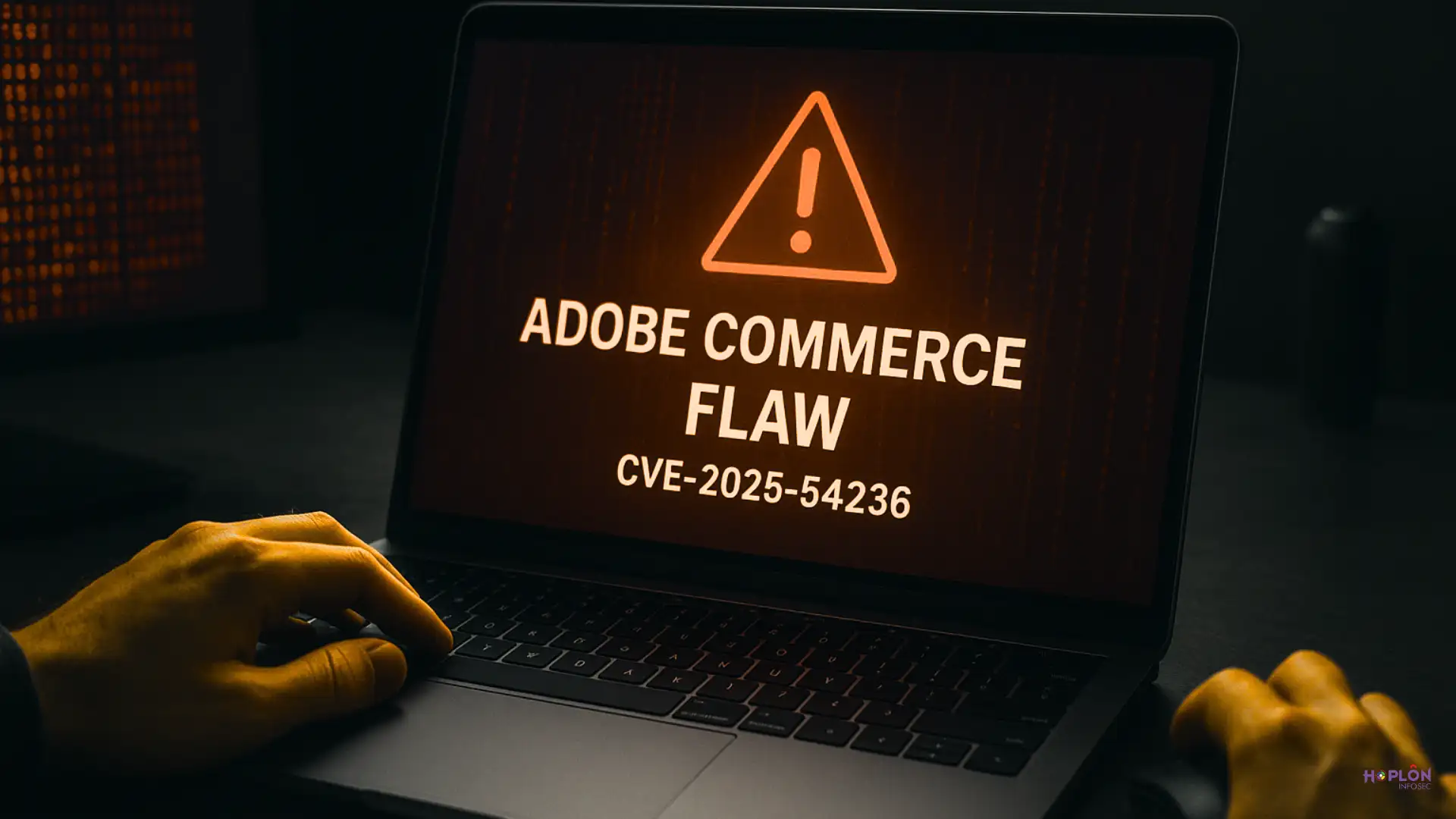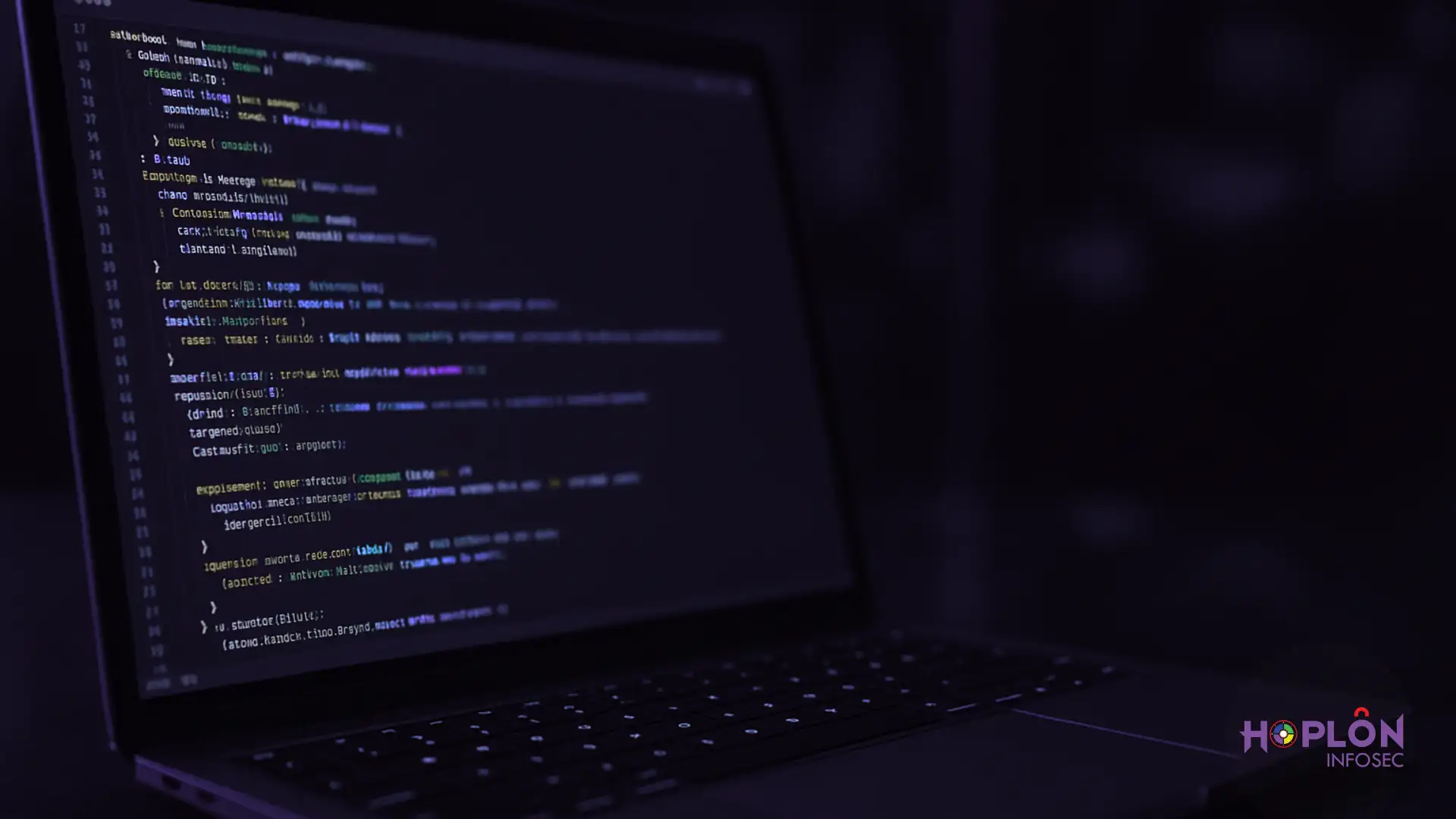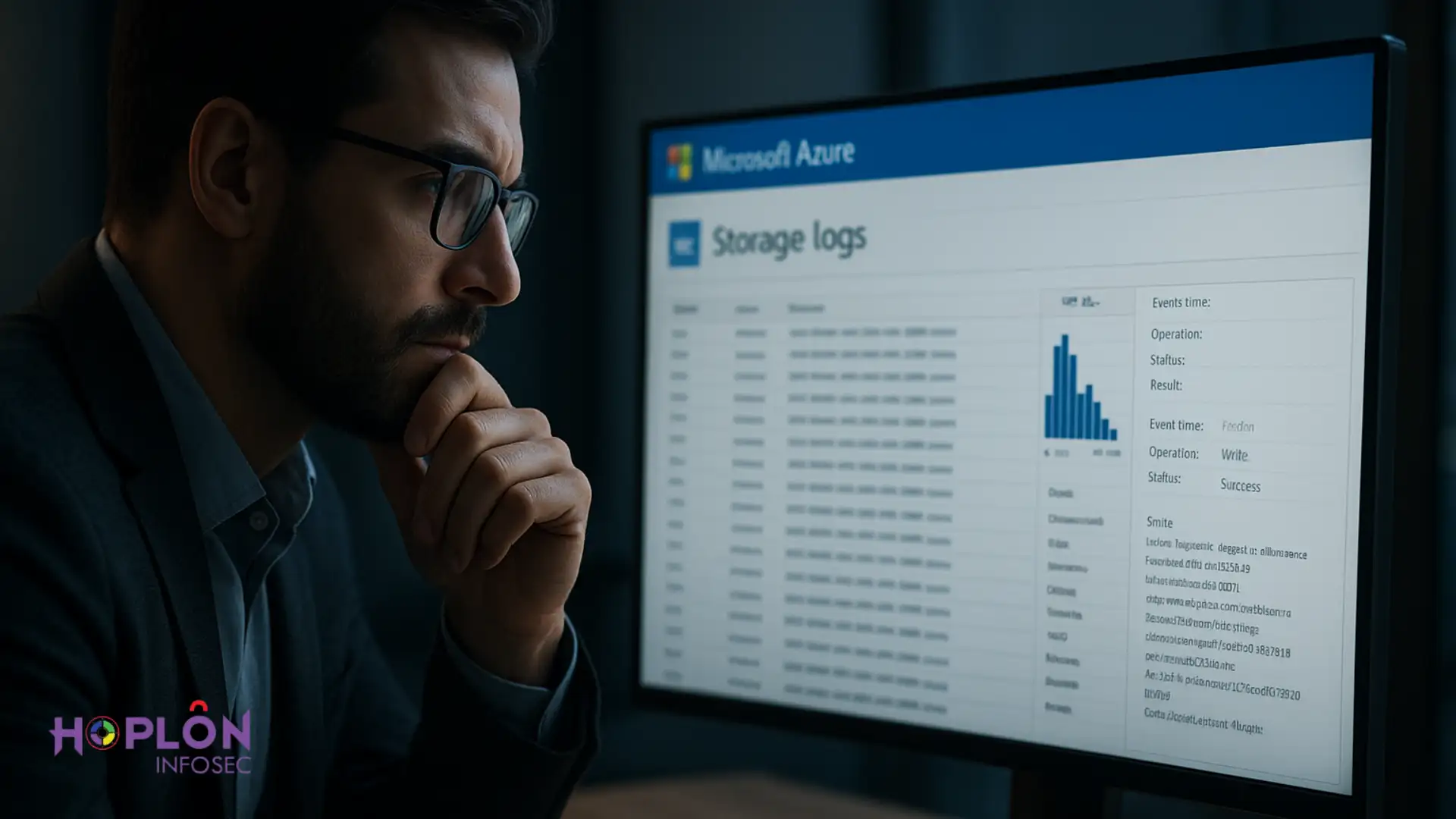Featured Blogs
Recent Blogs
AsyncRAT ConnectWise exploit You open your laptop, and a tool you trust to help you from afar...
Cell phones are part of daily life. We use them for calls, messages, work, study, shopping, and even...
Chrome security update vulnerability patch I still remember the morning my colleague walked into the...
Adobe Commerce CVE-2025-54236 patch It didn’t take long for news of the SessionReaper flaw to...
Conventional security tools such as firewalls and antivirus software are essential, but not...
CVE-2025-37899 ksmbd use-after-free exploit technique A single short network message can be the...
Hacked npm packages The developer community got a rude awakening when a long-trusted maintainer was...
Apache Jackrabbit Oak 1.82.0 patch for CVE-2025-58782 If you run content platforms, a flaw in the...
Azure storage logs forensic investigation When a breach alert hits, teams rush to contain access and...
Recent Blogs
We’re Here to Secure Your Hard Work
Protect your system from cyber attacks by utilizing our comprehensive range of services. Safeguard your data and network infrastructure with our advanced security measures, tailored to meet your specific needs. With our expertise and cutting-edge technology, you can rest assured.


